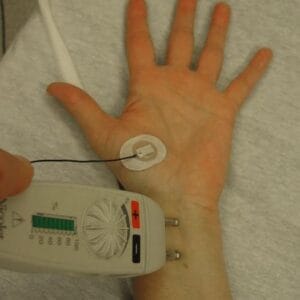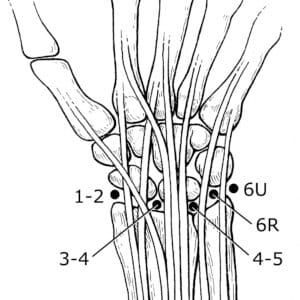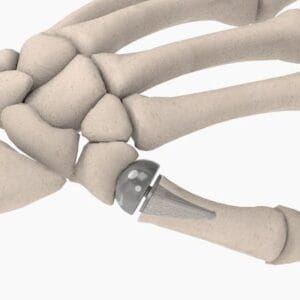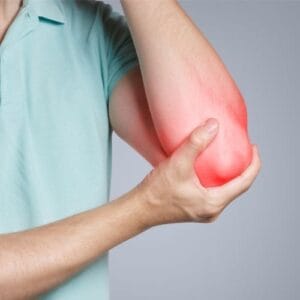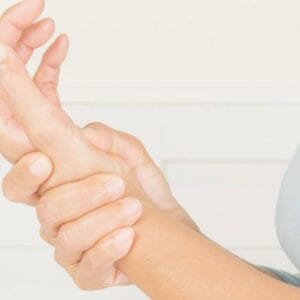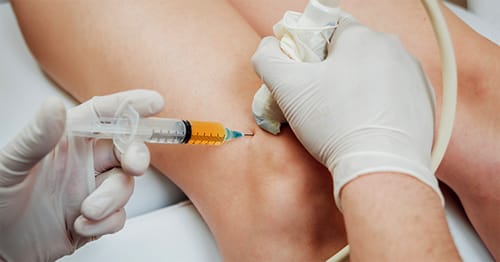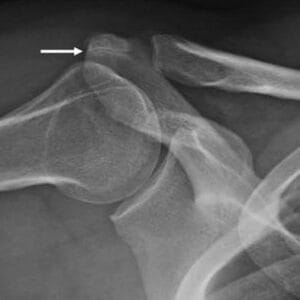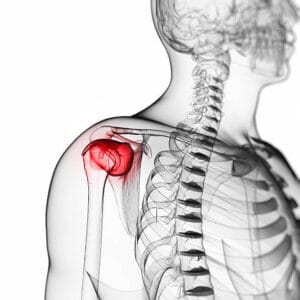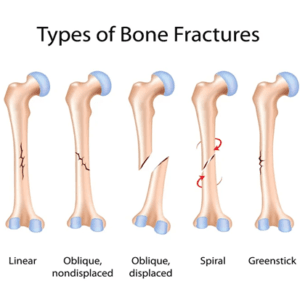Understanding Electrodiagnostic Testing: EMG and Nerve Conduction Studies Explained
Hand and wrist. Information for professionalsDid you know that your body functions as an electrical generator? Nerves and muscles generate electrical impulses that transmit messages between the brain and the rest of your body. Sensory nerves carry information from your environment to the brain. Motor nerves send signals from the brain to activate muscle movements.
Understanding Electrodiagnostic Testing: EMG and Nerve Conduction Studies Explained Read More »

